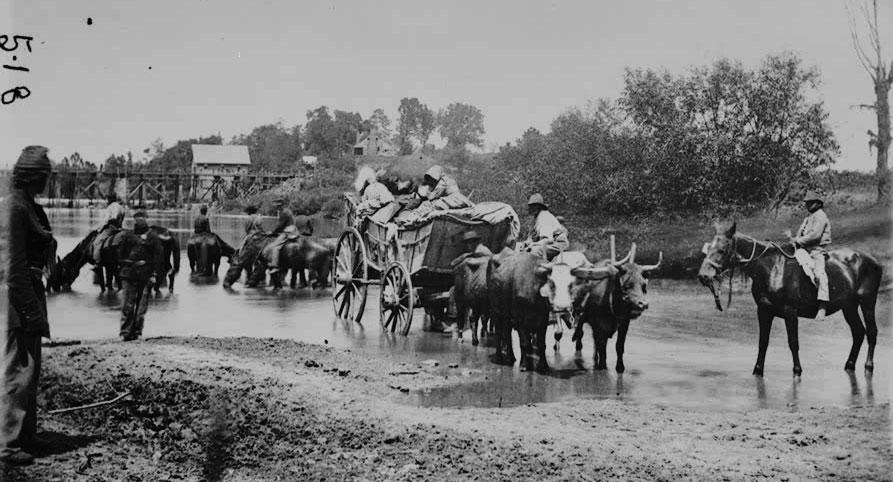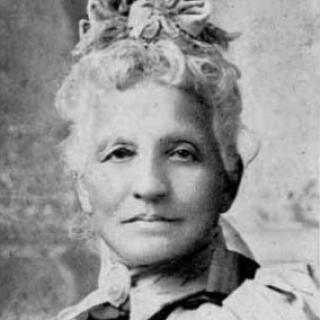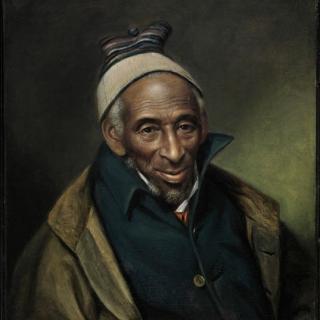The Civil War Created a Refugee Crisis in Washington
Today, Syrian refugees are surging into Europe, and the prospect of bringing some of them to the U.S. is causing some concern. But it may be a surprise to learn that the U.S. once had a refugee crisis within its own borders and Washington was the destination for many of them.
The Civil War changed Washington, D.C. tremendously, but one of the biggest impacts came from the thousands of former slaves who fled from the South and journeyed northward to seek refuge in the nation's capital.
Even before the war, African-Americans had made up a sizeable minority of Washington's population. According to Lucinda Prout Janke's book A Guide to Civil War Washington D.C., the District's prewar population of just over 75,000 included about 10,000 free African-Americans and about 3,100 who were enslaved, when then was legal.
But almost as soon as the war broke out and the Union army began moving into Confederate territory, southern slaves took the opportunity in the chaos to escape. Some also were abandoned by their fleeing white masters. With nowhere else to go, they crossed the line into Union-controlled territory and sought protection. In the early days of the conflict as the National Park Service website notes, the Union army had no official policy on what to do with the refugees, and some commanders actually returned them to plantation owners. But at Fort Monroe in Hampton, Va., Maj. Gen. Benjamin Butler forced a change in the status quo when he officially classified escaped slaves as contraband of war — that is, enemy property that might aid the Confederate war effort, and should not be returned. As a result, in August 1861, the federal government officially adopted the same policy. Escaped slaves who were declared contraband were essentially freed.
Many of those ex-slaves headed to Washington, which in April 1862 became a totally free city after Congress passed legislation that abolished slavery within the District. According to Janke, by early 1863, an estimated 10,000 refugees had arrived in the city, doubling the city's African-American population. The new residents were impoverished and in desperate need of basic wants, and often had no idea how to survive in a city. Several hundred of them were housed in a row of buildings across from the Capitol — ironically, the same location where President Lincoln lived when he was a Congressman — and were later moved to barracks at Camp Barker at 12th and Q streets in NW, where the military governor of Washington had established a "contraband department" to manage the influx.
As these locations in the District became overcrowded and unsanitary, Lt. Col. Elias Greene, Chief Quartermaster for the Department of Washington, suggested the federal government alleviate the problem by taking over abandoned secessionist farms in northern Virginia and putting the former slaves to work — for pay — farming crops to feed the Union army. To learn more about these "contraband camps" — which eventually were constructed in several locations across Northern Virginia — check out this article.






![Sketch of the mythical fuan by Pearson Scott Foresman. [Source: Wikipedia]](/sites/default/files/styles/crop_320x320/public/2023-10/Goatman_Wikipedia_Faun_2_%28PSF%29.png?h=64a074ff&itok=C9Qh-PE1)












